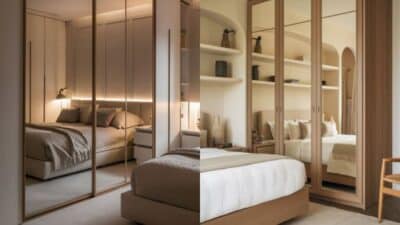Most living rooms get assembled in stages. You bring in a couch, add a coffee table when you can afford one, maybe throw in some shelving units down the line. The result often works well enough, but there’s usually room for improvement that doesn’t require gutting the whole space. Small furniture upgrades can make a surprising difference in how a room actually functions when you’re using it every day.
The Entertainment Area Deserves Better Planning
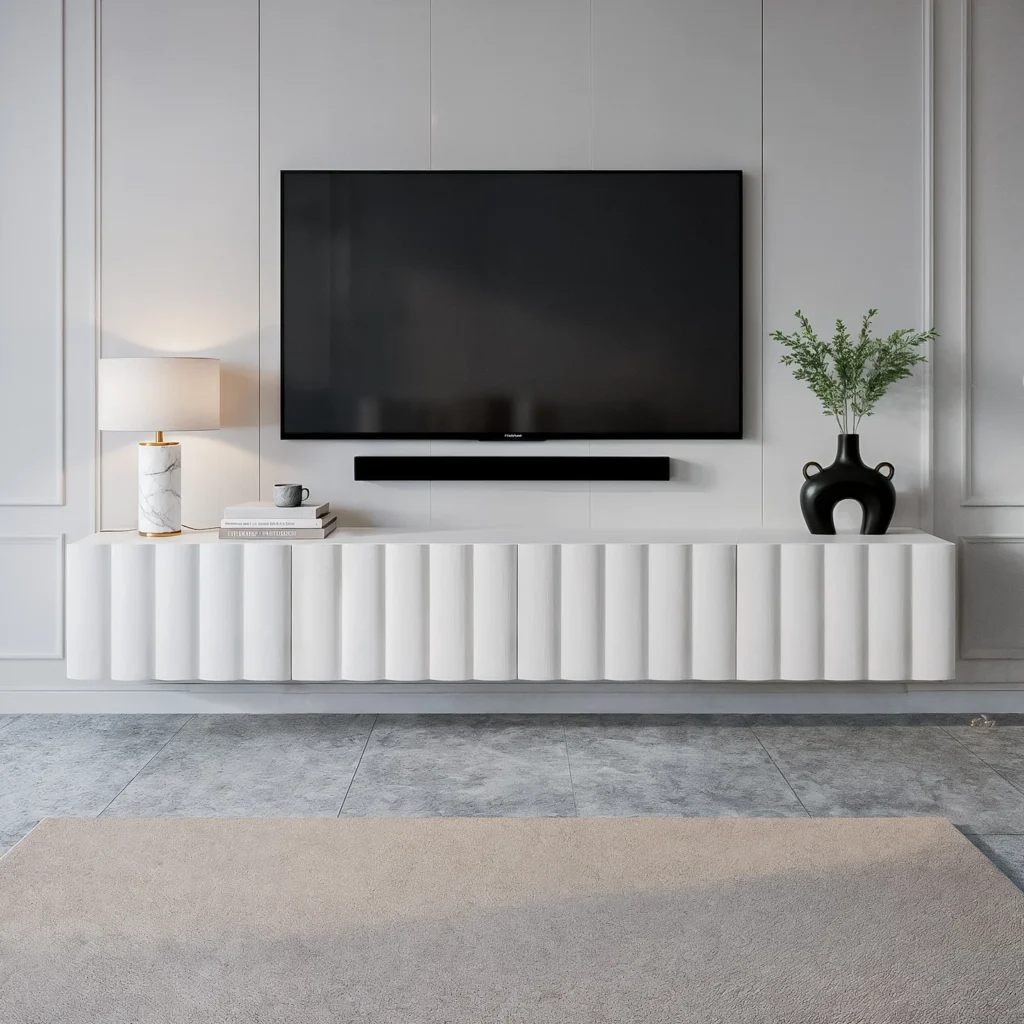
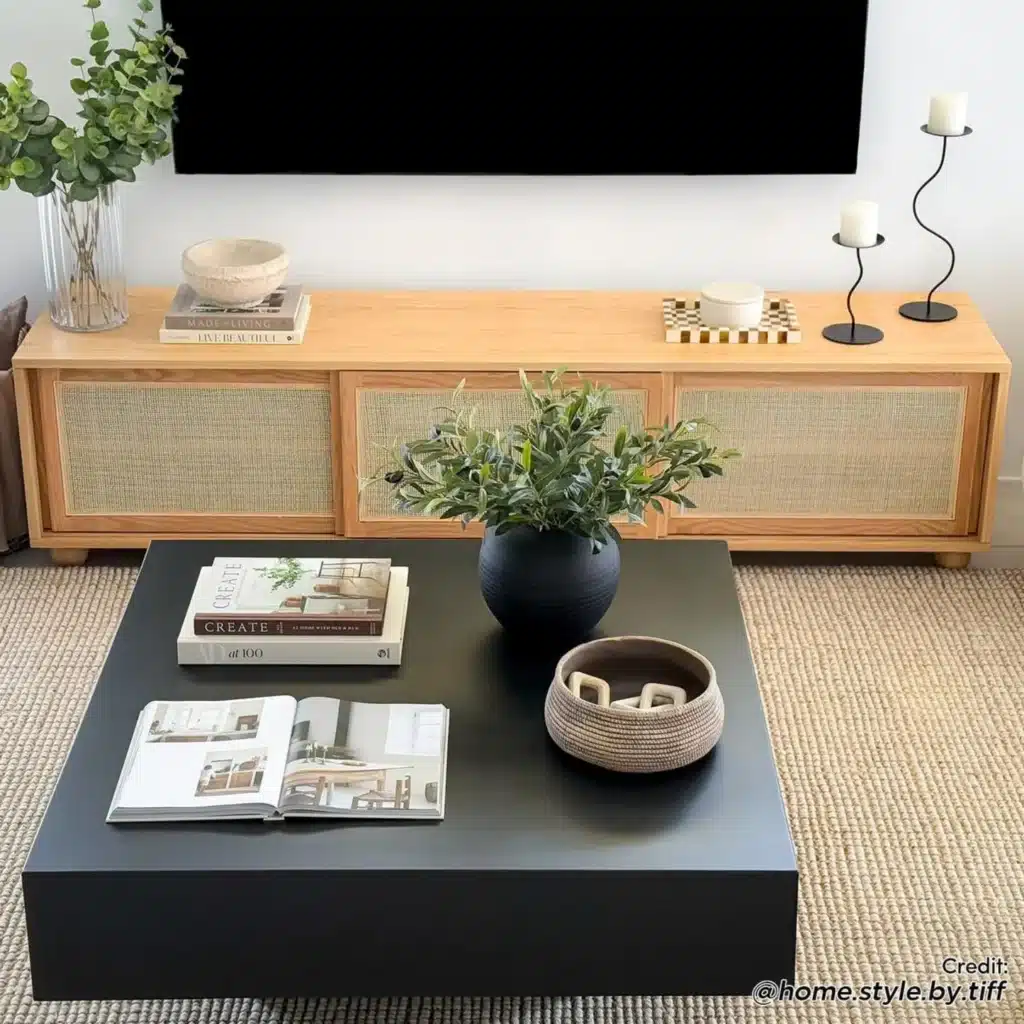
Here’s where a lot of rooms fall short. The TV gets mounted or placed somewhere, cables get shoved behind whatever’s available, and remotes end up scattered across three different surfaces. It’s functional in the loosest sense, but it creates small annoyances that add up over time.
A proper tv unit changes this dynamic entirely. The right one handles cable management through built-in channels or rear cutouts, keeps remotes and controllers in dedicated spots, and provides enough surface area for speakers or soundbars without looking cluttered. The difference between hunting for the remote every time and knowing exactly where it lives is the kind of quality-of-life upgrade that seems minor until you experience it.
Height matters more than most people realize when setting up entertainment furniture. Screens positioned too high force you to crane your neck during long viewing sessions, while units that sit too low make everything feel awkward from standard seating positions. The sweet spot generally puts the center of the screen at or slightly below eye level when you’re seated normally. This isn’t complicated science, but it’s something that often gets overlooked when people focus mainly on aesthetics.
Storage That Actually Stores Things

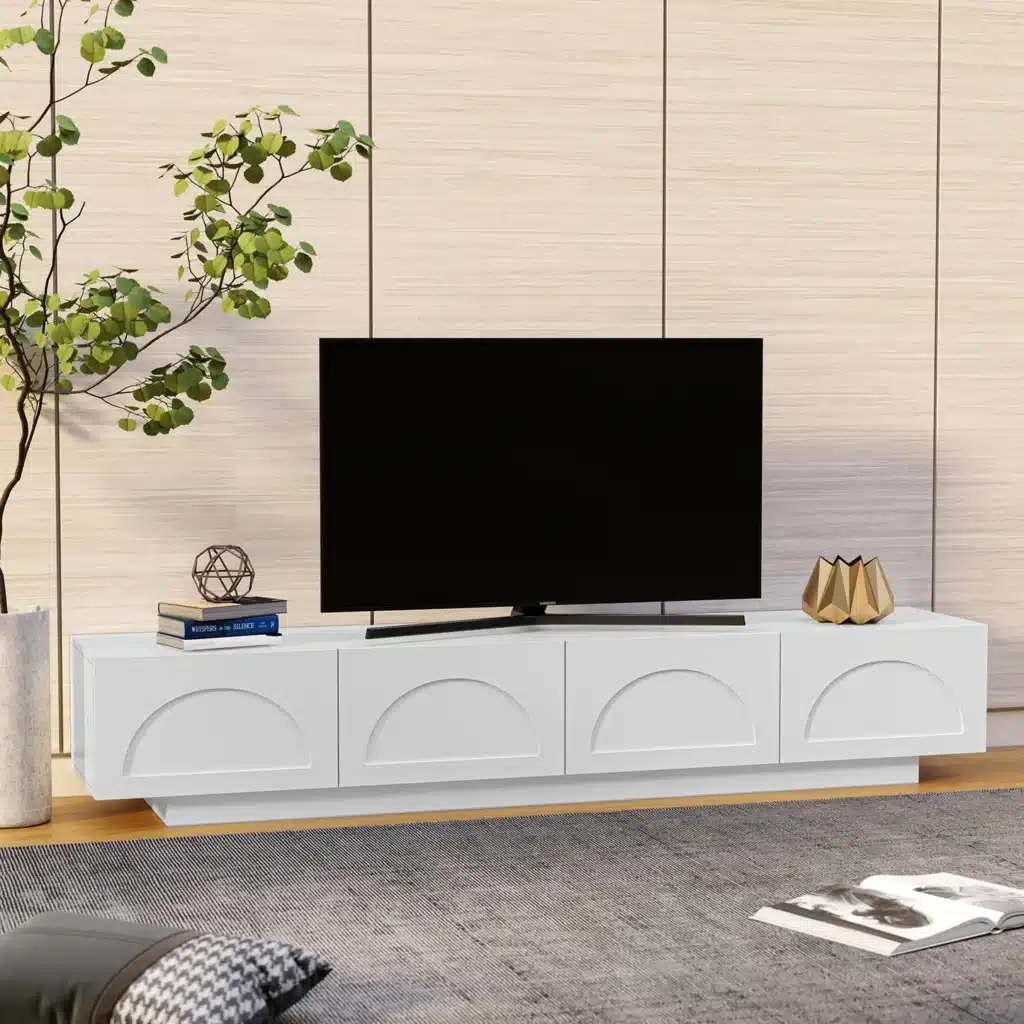
Living rooms accumulate stuff naturally. Board games, extra throws, books that aren’t quite special enough for display shelves, charging cables for devices nobody uses anymore but might need someday. All of this needs to go somewhere, and “somewhere” shouldn’t mean visible chaos or overflowing baskets.
The problem is that most basic furniture setups don’t include enough dedicated storage for how people actually live. A coffee table with a lower shelf helps, but it’s usually not enough. Console tables behind sofas can work well if there’s space, particularly for things that don’t need frequent access. The key is thinking about what actually needs storing and choosing furniture that handles those specific items without requiring everything to be crammed into whatever random drawer space exists.
Closed storage beats open storage for maintaining visual calm. Open shelving works great for decorative items or books you want to display, but daily-use items tend to create clutter when they’re constantly visible. Cabinets, drawers, and enclosed compartments let you keep necessary things accessible without having them contribute to a messy appearance.
Seating Arrangements That Make Sense
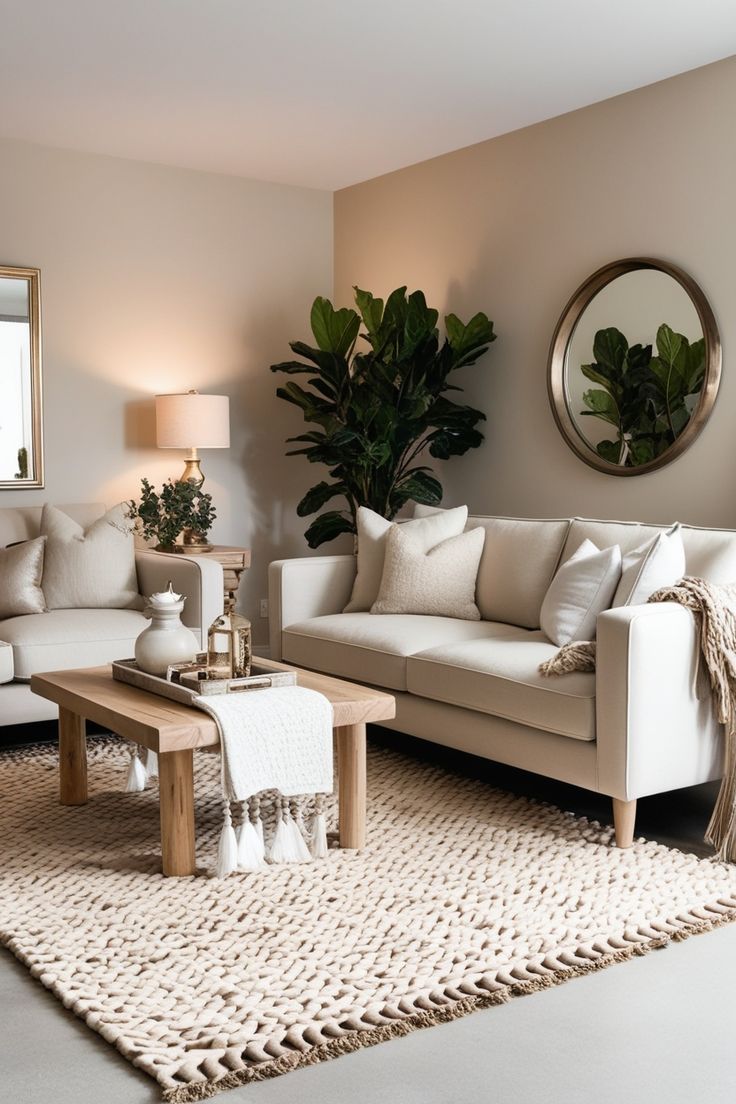
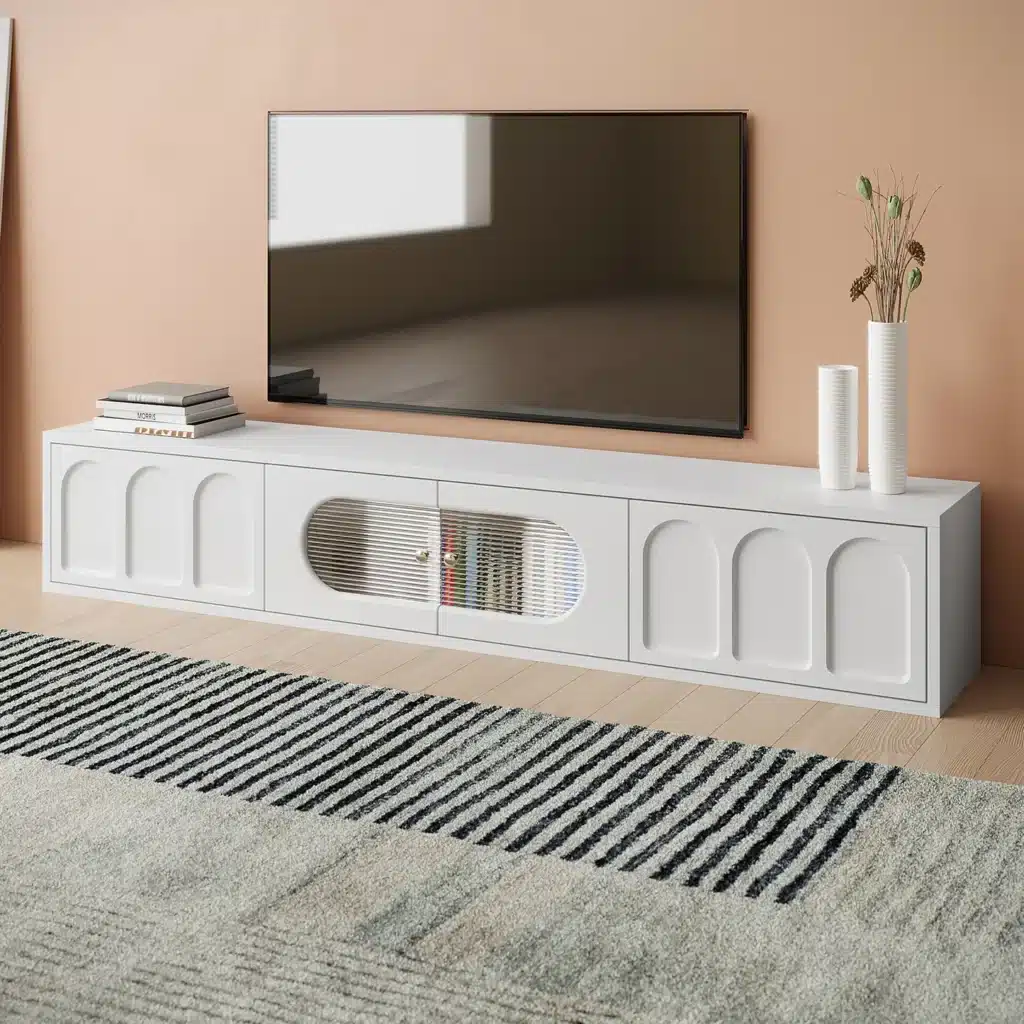
Most people default to pushing furniture against walls, which often wastes potential and makes rooms feel less inviting than they could be. Pulling seating slightly away from walls creates better conversation areas and makes spaces feel more intentional. This doesn’t mean floating everything in the middle of the room, but even a foot or two of breathing room can change how a layout feels.
The relationship between seating pieces matters too. Chairs positioned too far from the main sofa create awkward conversational distances where people have to raise their voices slightly to chat comfortably. Too close, and the space feels cramped. The general sweet spot keeps seating pieces within about eight to ten feet of each other for easy conversation without shouting.
Corner spaces often get ignored or filled with random plant stands, but they’re actually great spots for reading chairs or small accent seating that serves a real purpose. A comfortable chair in a corner with decent lighting becomes an actual reading nook instead of just dead space. Adding a small side table gives it functionality without requiring much floor area.
Lighting Beyond the Ceiling Fixture

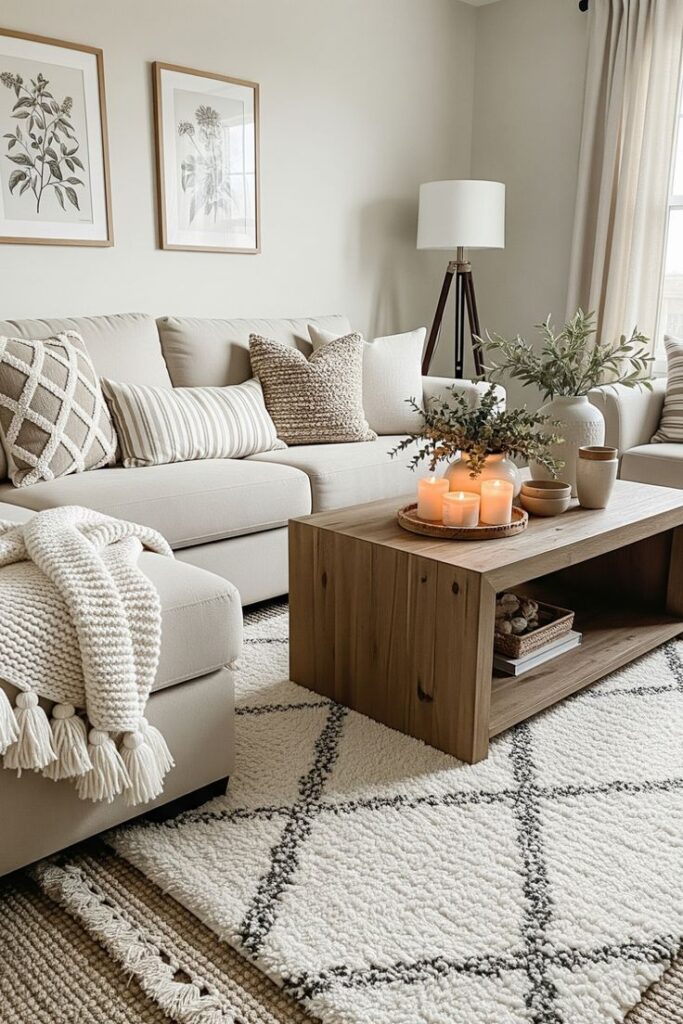
Single overhead lights create harsh, unflattering illumination that makes rooms feel more institutional than comfortable. Layered lighting from multiple sources at different heights creates depth and lets you adjust the mood based on what’s happening in the space.
Floor lamps near seating areas provide task lighting for reading without flooding the entire room. Table lamps on consoles or side tables add warmth at eye level. Even small changes, such as adding one good floor lamp to a corner that currently relies on overhead light, can soften the whole atmosphere.
Dimmer switches are worth installing if you own your place. Being able to adjust brightness levels means the same room can work for bright morning coffee, focused work sessions, or relaxed evening hangouts without constantly turning different lamps on and off.
The Coffee Table Situation
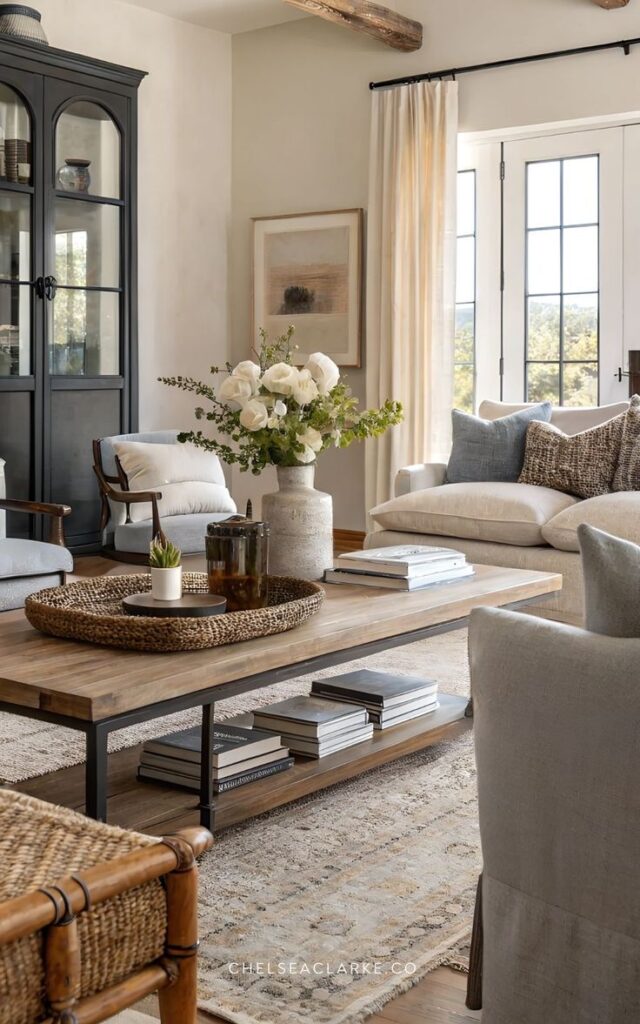
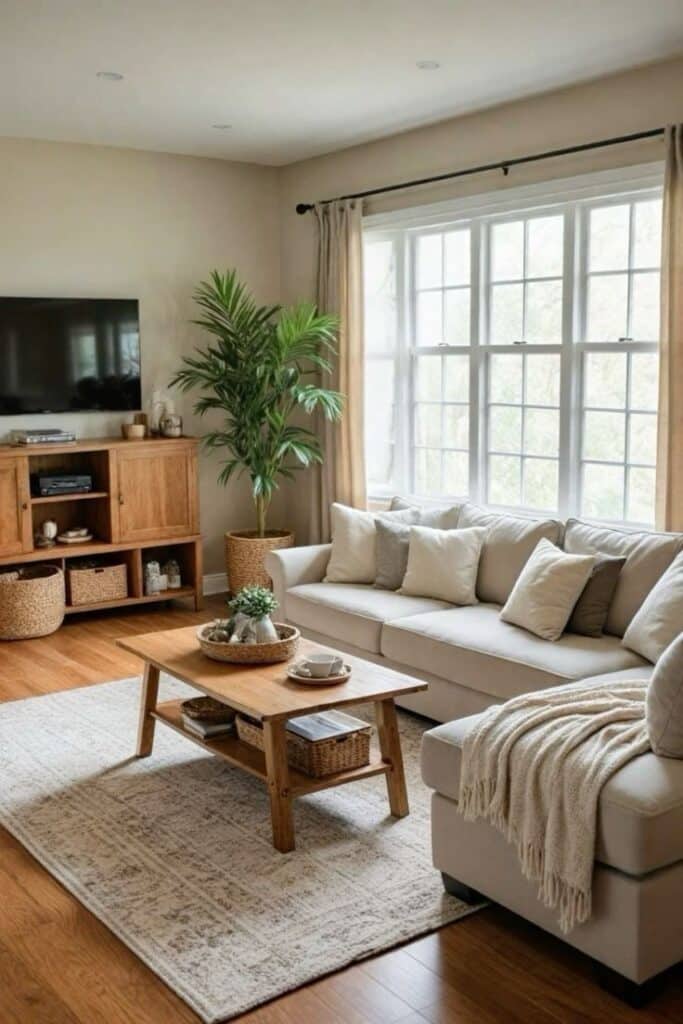
Coffee tables take more abuse than almost any other furniture piece. They hold drinks, snacks, remote controls, laptops, feet, and whatever else gets placed there during daily use. Choosing one that can handle this reality without showing damage immediately makes a big difference.
Surface material matters here. Glass looks clean and modern but shows every fingerprint and water ring. Wood develops character over time but needs coasters and careful treatment. Stone or ceramic tops handle moisture better but can chip. There’s no perfect answer, just trade-offs based on how much maintenance feels reasonable.
Height should match your seating. Tables that sit significantly lower or higher than couch cushions create awkward reaching situations. The standard guideline puts coffee table surfaces within a couple inches of seat height, though personal preference plays a role here too.
Making Changes That Stick
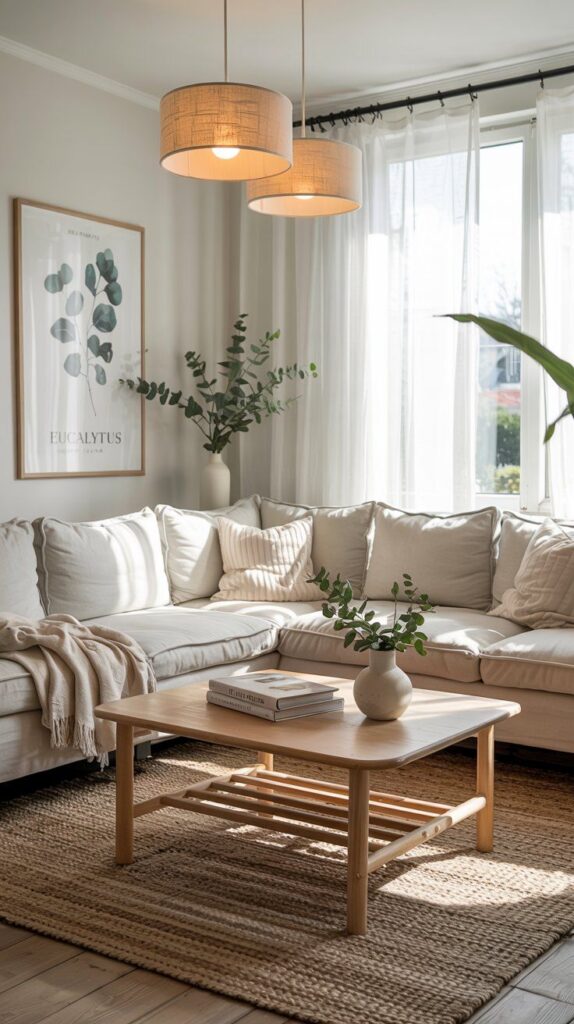
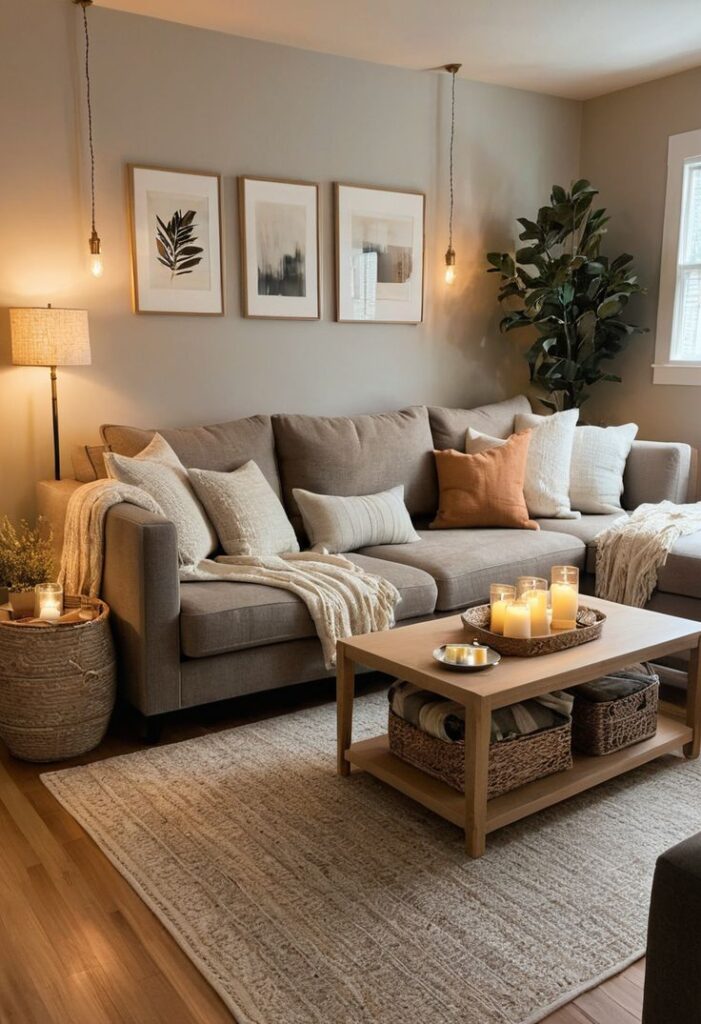
The best upgrades solve actual problems rather than just changing things for the sake of change. Before buying new furniture, it’s worth spending time noticing what currently causes frustration. Constantly searching for remotes? Storage solutions help. Awkward viewing angles? Entertainment furniture height needs adjusting. Rooms that feel cluttered despite regular tidying? Probably need better closed storage options.
Budget matters, but it’s usually better to upgrade one piece properly than to replace multiple items with mediocre options. A quality TV unit that handles cable management and provides real storage will improve daily life more than three cheaper pieces that sort of work but don’t quite solve anything.
Living rooms should work for actual living, not just look good in photos. Small furniture upgrades that address real functional needs create spaces that feel noticeably better to spend time in, which is ultimately the whole point of having a living room in the first place.
- 0shares
- Facebook0
- Pinterest0
- Twitter0


